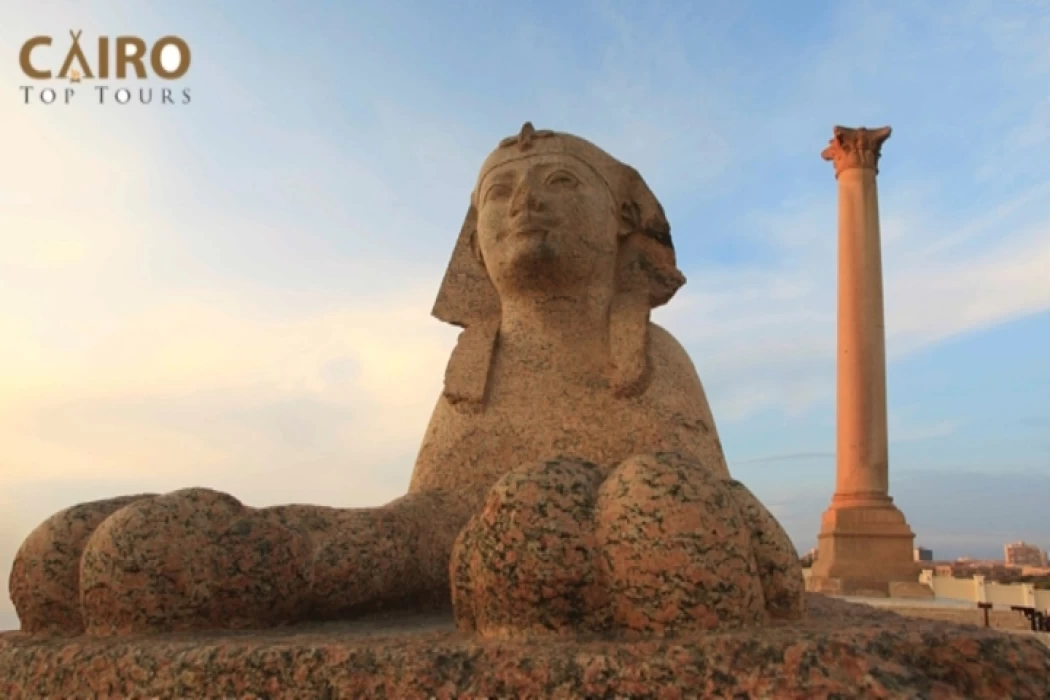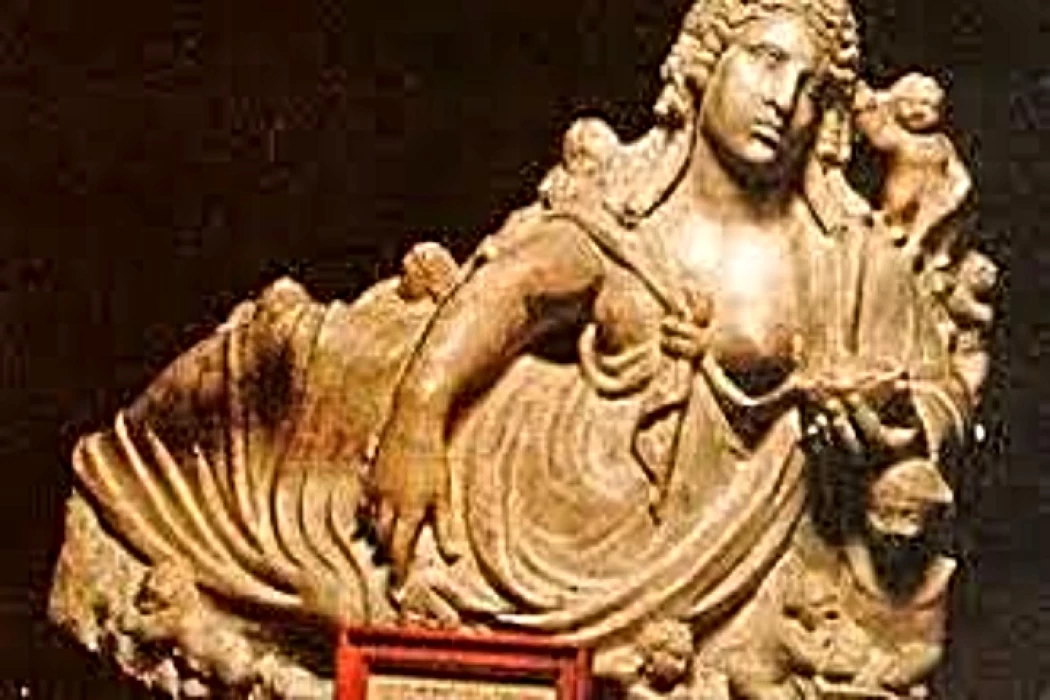
Pompey's Pillar
Pompey's Pillar.
Who was Pompey?
Pompey the Great: The Roman commander who challenged Caesar
Pompey the Great: One of the most famous military and political leaders in ancient Rome, Pompey the Great (106-48 B.C.) was the Roman commander opposing Caesar. Reputed for his military skills and outstanding victories, he joined Julius Caesar and Crassus in the initial triad but then became Caesar's most serious enemy during the Roman Civil War.
His rise to the throne
Pompeius started his career as a soldier in the early years and soon achieved great success in suppressing rebellions and organizing armies. Among his most important accomplishments were the defeat of the Spartacus rebellion and the extermination of Mediterranean pirates, which made him very popular among the people of Rome.
His career in arms began in early youth, and such military service has recorded many feats against revolting people and organizing forces. Among the most celebrated feats of his are the defeat of the Spartacus insurrection and the clearing of the Mediterranean of pirates. Both made him popularly esteemed at Rome.
Caesar's civil war and his death
The civil war between Caesar and Pompeius was declared in 49 BC, with Pompeius fleeing to Greece, wanting to win back Italy after his defeat there. After severe losses in battle at Pharsalus in 48 BC, Pompeius fled to Egypt, where he was treacherously killed by the order of King Ptolemy XIII, who thought this would appease Caesar.
His Legacy
Though he occasionally embraced tragedy, the lifeblood of his name is in the Roman military history; without doubt, he was one of the greatest commanders, contributing immensely to the expansion and global impact of the Roman Republic.
A Monument of Ancient Alexandria
Histories of Alexandria, Egypt. This great column, reaching the height of 26.85 meters (88 feet), is made up of red Aswan granite and is considered one of the biggest ever monolithic columns. Although it is not actually related to the Roman general Pompey, it was built late in the 3rd century AD as an offering to the Roman Emperor Diocletian.
So majestic is this great column as it rises to 26.85 meters (88 feet). It is formed out of red Aswan granite and is regarded as one of the largest monolithic columns ever raised. Despite its name, the pillar is in reality not connected to any of the Roman generals Pompey. Rather, it was built late in the 3rd century AD in honour of the Roman Emperor Diocletian.
Historical Background
The Pyramid of Pompeia was erected in 297 AD in remembrance of Diocletian's triumph over a revolt in Alexandria. The city had revolted against Roman rule, and after suppressing the rebellion, Diocletian honoured his loyal soldiers and reaffirmed imperial authority by erecting the column in his honour. The column was originally erected in the Serapeum - the grand temple dedicated to the Greco-Egyptian deity Serapis that was one of the grandest religious monuments of Alexandria.
Architectural Significance
The column is a single piece of red granite quarried from Aswan, weighing around 285 tons. It rests on a large, square limestone base and is topped with a Corinthian-style capital, a typical feature of Roman architecture. Its sheer size and craftsmanship highlight the engineering skills of ancient builders and the wealth of the Roman Empire during Diocletian’s reign.
Misconceptions and Name Origin
The name "Pompey's Pillar" is a misnomer that dates back to medieval times. Early travellers mistakenly believed that the column marked the burial site of the Roman general Pompey, who was assassinated in Egypt in 48 BC. However, there is no historical evidence supporting this claim, and scholars have since clarified its true origin.
Modern-Day Significance
Today, Pompey's Pillar remains one of Alexandria's most popular tourist attractions. It stands as a symbol of the city’s rich history, drawing visitors who marvel at its grandeur and historical significance. The site is a key landmark within the larger archaeological area of the Serapeum, where remnants of ancient temples and artifacts offer insight into Alexandria’s glorious past.
It's not just a giant stone structure; Pompey's Pillar is truly a tribute to the genius of ancient architecture as well as historical Alexandria. Though its name is, at best, misleading, it does rank high in the annals of cultural and political importance to Egypt and the Roman Empire.
For history enthusiasts and travellers alike, this towering relic is a fascinating glimpse into Alexandria’s illustrious heritage.













